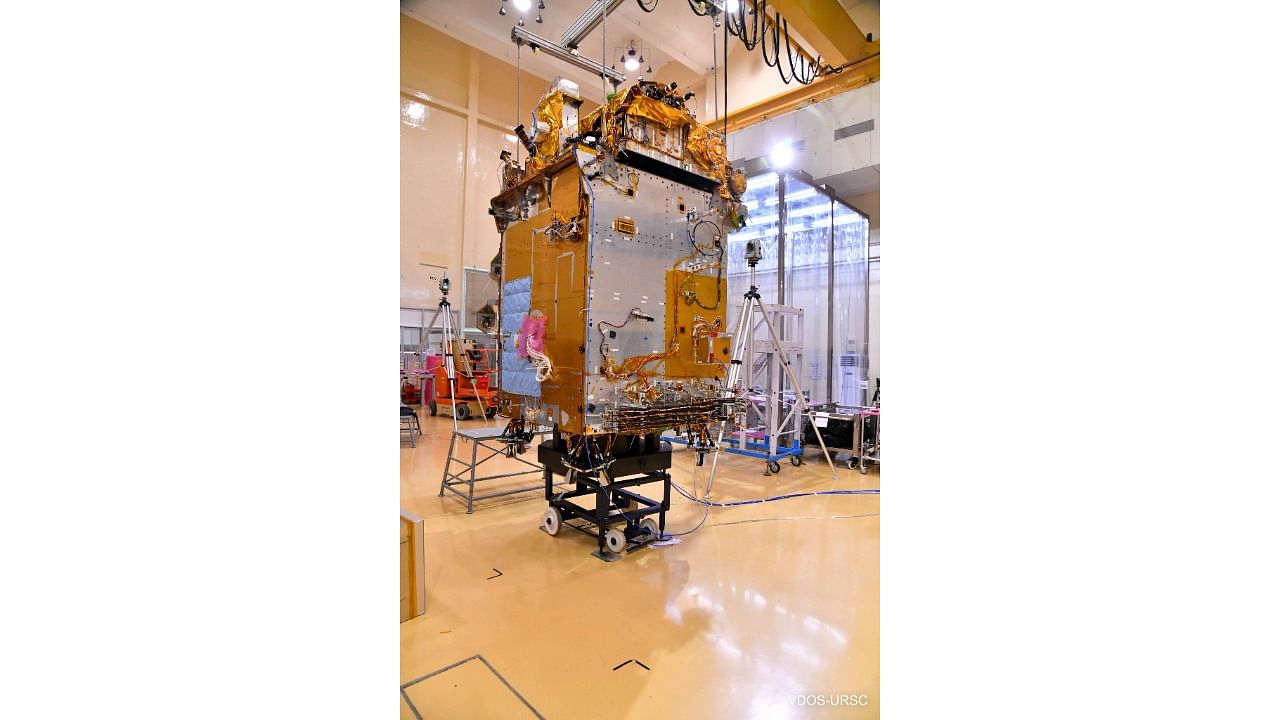
PSLV-C57/Aditya-L1 mission.
Credit: ISRO
The PSLV-C57/Aditya-L1 mission, India’s first space-based observatory to study the sun, has moved closer to realisation with the satellite arriving at the spaceport in Sriharikota.
“The satellite realised at the U R Rao Satellite Centre (URSC), Bengaluru has arrived at SDSC-SHAR (Satish Dhawan Space Centre, Sriharikota),” the Indian Space Research Organisation (Isro) said on Monday.
The mission is set for a tentative late August launch.
Isro will launch the satellite to the L1 orbit — the first Lagrange point of the Sun-Earth system, about 1.5 million km from the earth — from where it can view the sun continuously without any blockage.
The instruments of Aditya-L1 are tuned to observe the solar atmosphere, mainly the chromosphere and the sun’s outermost layer — the corona. The satellite’s positioning ensures observation of solar activities and their effect on space weather in real time. It will carry seven payloads to observe the photosphere, chromosphere, and the corona, using electromagnetic, as well as particle and magnetic field detectors.
The primary payload of the mission is the Visible Line Emission Coronagraph (VELC) developed by the Indian Institute of Astrophysics. The mission has among its major objectives studies on coronal heating and coronal mass ejections, particle dynamics, magnetic field in the solar corona, and the drivers for space weather.
VELC is one of the four remote-sensing payloads in the mission that will directly view the sun. The remaining payloads will carry out in-situ studies of particles and fields at L1.